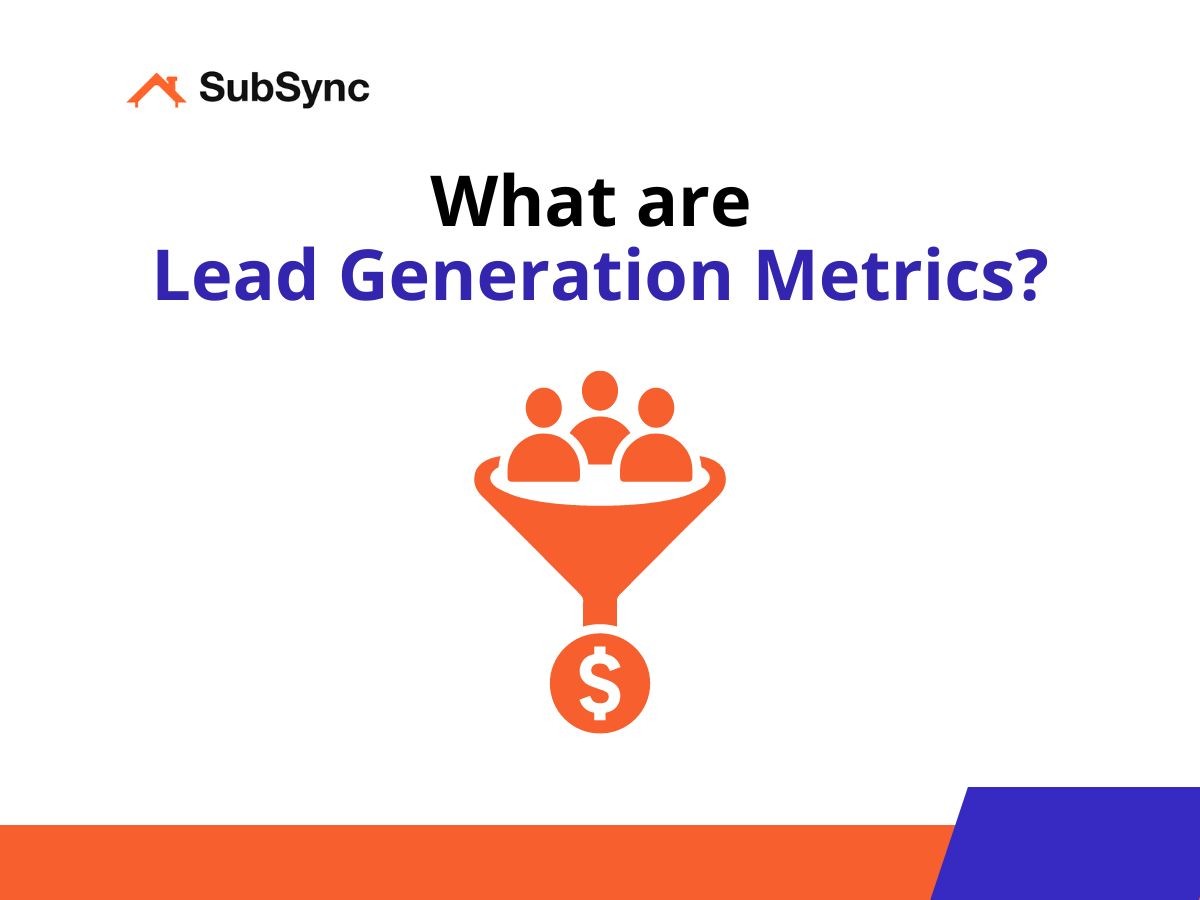17 Lead Generation Metrics You Need to Track [2024 Update]
Aug 30, 2024
In this article, we cover 17 lead generation metrics that you need to track the effectiveness of your market strategies. Examples included!

What are Lead Generation Metrics?
Lead generation metrics are key performance indicators (KPIs) that help businesses measure the effectiveness of their strategies in attracting and converting potential customers. These metrics provide valuable insights into which marketing efforts are working and where adjustments may be needed to improve lead quality and conversion rates.
Example: A company tracking its website traffic and conversion rates might notice that a specific landing page has a high bounce rate. By optimizing this page, possibly using a tool like Subsync.ai, they could significantly improve their lead conversion rate from 2% to 5%, resulting in more qualified leads.
Choosing the Right Lead Generation Metrics
Here are some factors to consider when choosing the right metrics for getting leads:
Business Goals Alignment: Ensure that the metrics you choose are directly aligned with your overall business goals, such as increasing sales, improving lead quality, or reducing the sales cycle length. This alignment helps in prioritizing the most impactful metrics.
Target Audience Behavior: Understand the behaviors and preferences of your target audience. Metrics like engagement and conversion rates can give you insights into how your audience interacts with your content and what drives them to become leads.
Sales Cycle Length: Consider the length of your sales cycle when selecting metrics. For longer sales cycles, metrics like customer lifetime value (CLTV) and lead nurturing effectiveness are critical, while shorter cycles may focus more on conversion rates and immediate ROI.
Industry Standards: Benchmark your metrics against industry standards to ensure you're competitive. Knowing what is typical in your industry can help you set realistic and achievable goals.
Available Tools and Resources: Choose metrics that you can accurately track with the tools and resources you have available. Investing in the right analytics tools can make it easier to monitor and optimize your lead generation efforts.

17 Metrics for Lead Generation
Below are some of the most common metrics for generating leads that you need to measure to determine the effectiveness of your marketing efforts:
1. Bounce Rate
Bounce rate is the percentage of visitors who leave your website after viewing only one page. It is commonly used to gauge the effectiveness of your landing pages or website content in engaging visitors.
Formula:

Example: If your website had 1,000 total visits last month and 400 of those visits were single-page sessions, your bounce rate would be 40%.
2. Website Traffic
Website traffic measures the total number of visitors to your website. It is used to assess the overall reach of your marketing campaigns and how well they are driving potential leads to your site.
Formula:
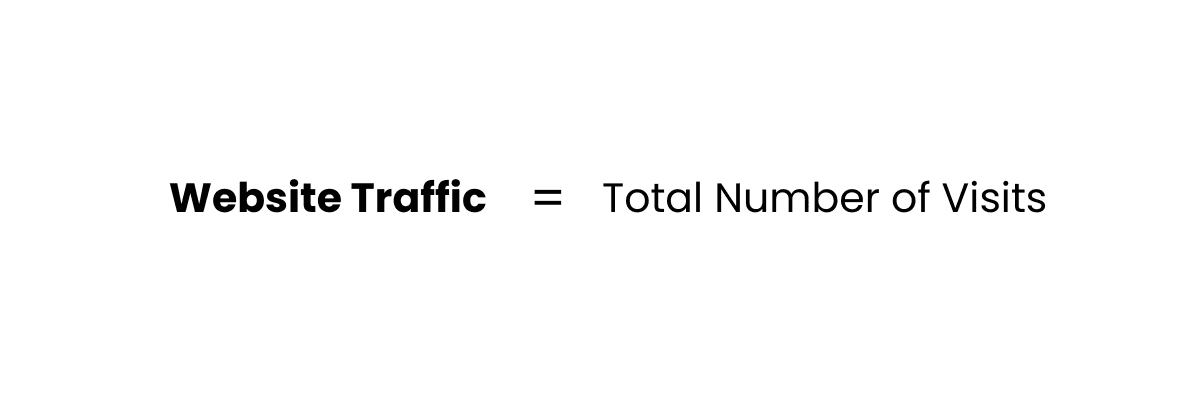
Example: If your website receives 10,000 visits in a month, this indicates the reach of your marketing efforts and provides a baseline for further analysis.
3. Engagement
Engagement metrics measure how actively users interact with your content, including actions like clicks, shares, and comments. High engagement typically indicates that your content is resonating with your audience and driving them further down the sales funnel.
Formula:
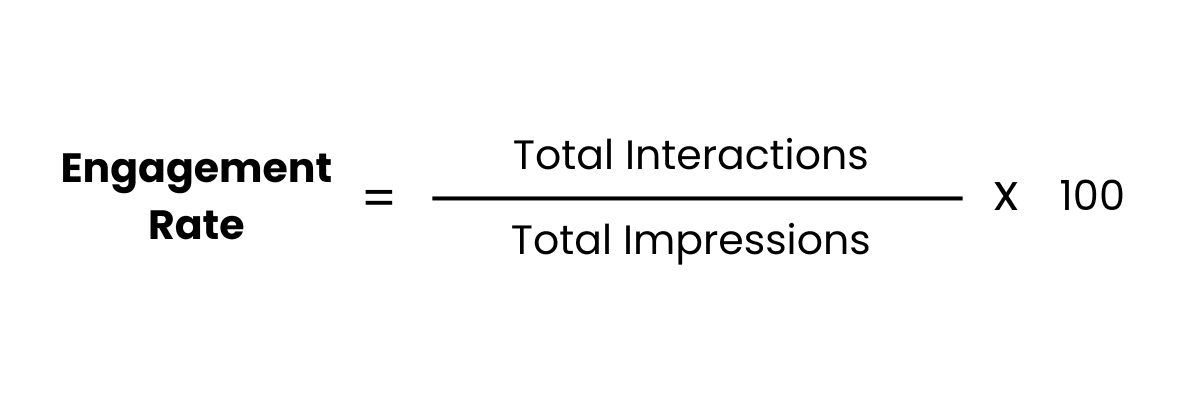
Example: If a social media post received 200 interactions (likes, comments, shares) and had 5,000 impressions, the engagement rate would be 4%.
4. Meetings Booked and Attended
This metric tracks the number of meetings scheduled with potential leads and the number of those meetings that were actually attended. It is used to evaluate lead quality and the effectiveness of your sales outreach efforts.
Formula:
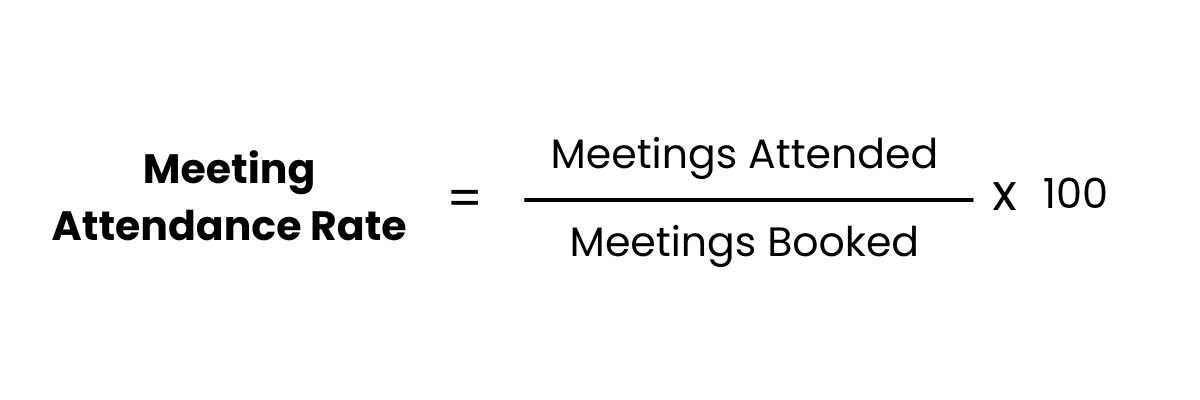
Example: If 50 meetings were booked in a month and 40 were attended, the meeting attendance rate would be 80%.
5. Cost of Customer Acquisition (CAC)
CAC measures the average cost of acquiring a new customer. It is a critical metric for understanding the efficiency of your marketing and sales efforts.
Formula:
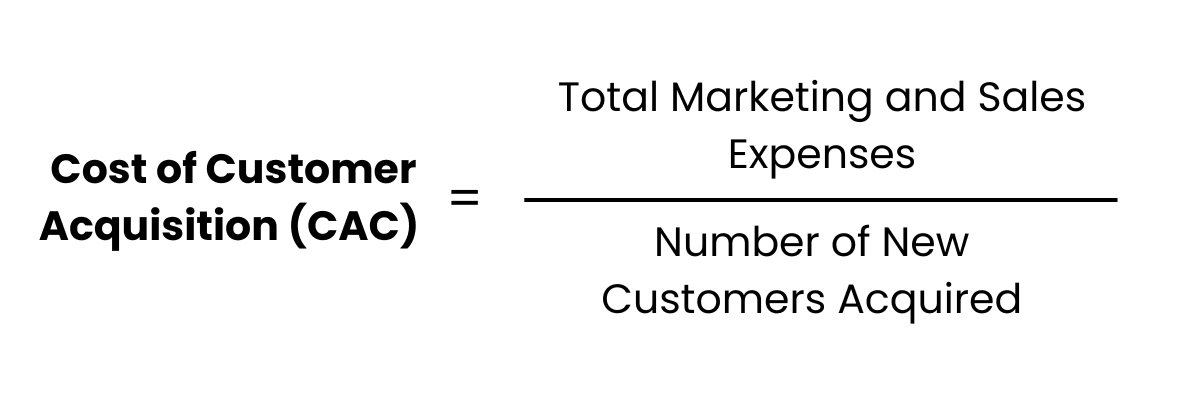
Example: If a company spent $100,000 on marketing and sales in a quarter and acquired 500 new customers, the CAC would be $200 per customer.
6. Lead Value and Quality
Lead value estimates the potential revenue a lead could bring, while lead quality assesses the likelihood of conversion. These metrics help prioritize leads that are more likely to result in sales.
Formula:
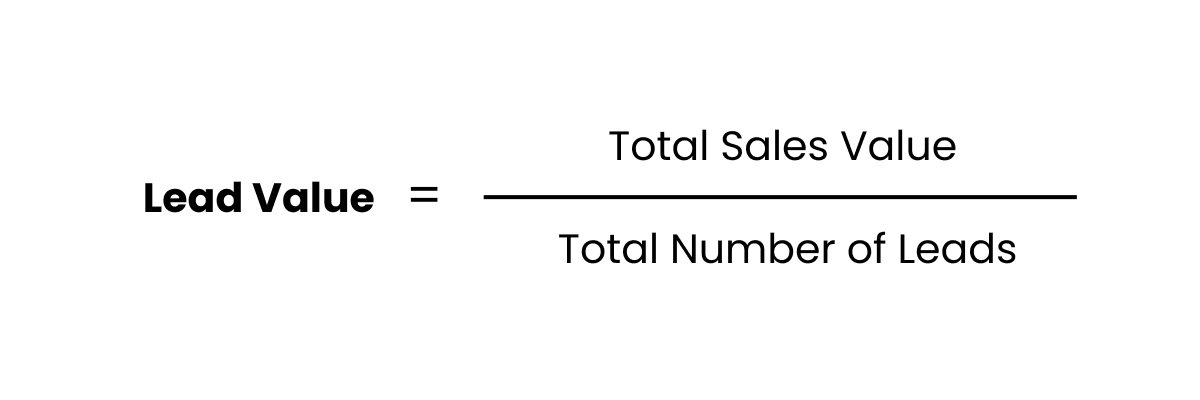
Example: If a campaign generated $50,000 in sales from 100 leads, the average lead value would be $500.
7. Customer Lifetime Value (CLTV)
CLTV predicts the total revenue a customer will generate during their relationship with your business. It's vital for determining how much you can afford to spend on acquiring new customers.
Formula:
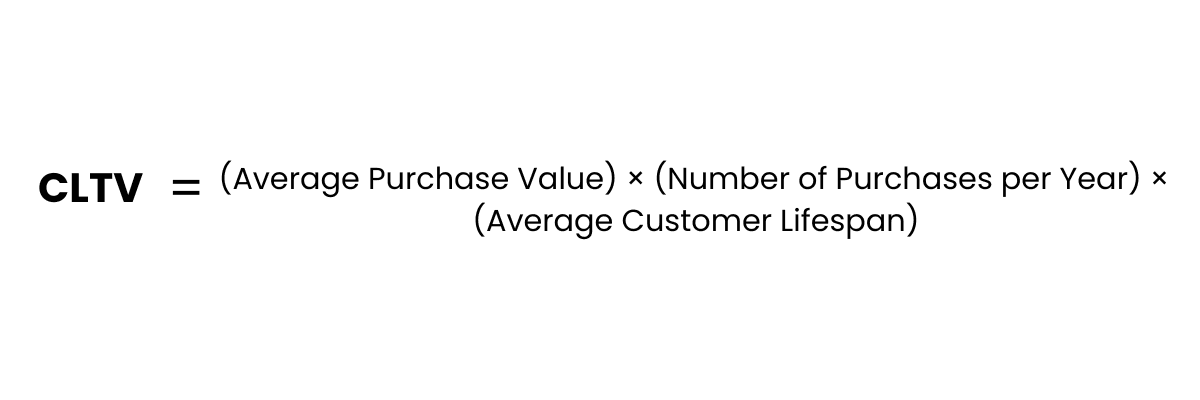
Example: If the average customer spends $1,000 per year and stays with your company for 5 years, the CLTV would be $5,000.
8. Inbound Response Time
Inbound response time measures how quickly your team responds to inquiries from potential leads. Faster response times are linked to higher conversion rates.
Formula:
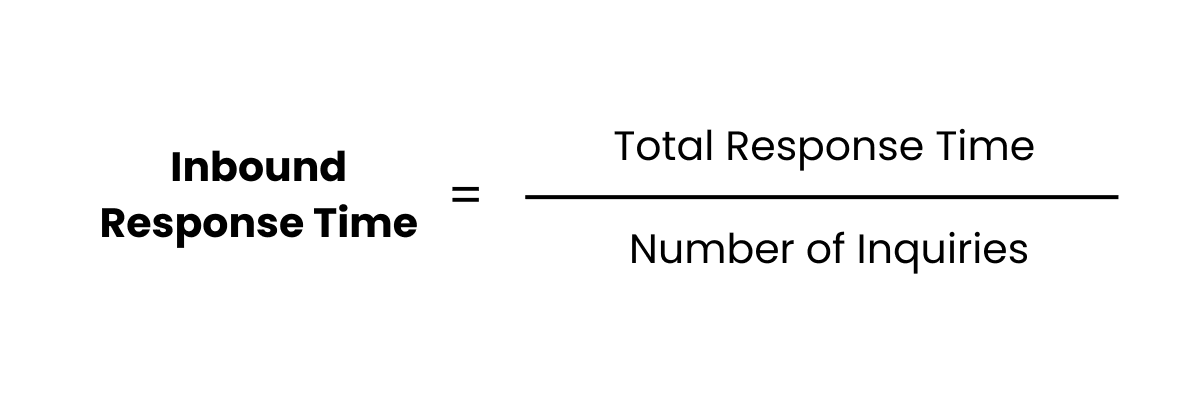
Example: If it takes an average of 2 hours to respond to 100 inquiries, the inbound response time would be 2 hours.
9. Average Deal Size
Average deal size calculates the average revenue generated per closed deal. This metric helps in forecasting revenue and assessing the effectiveness of sales strategies.
Formula:
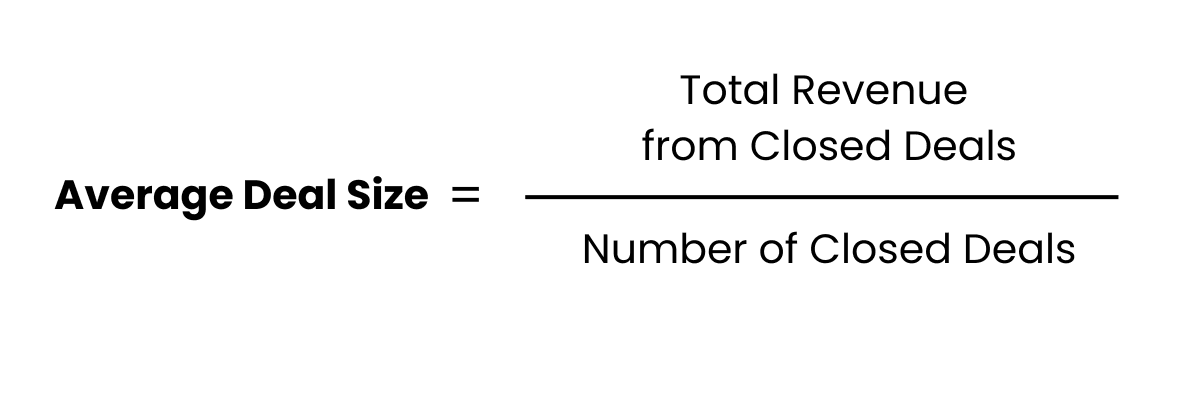
Example: If a company closed 20 deals in a month and generated $200,000 in revenue, the average deal size would be $10,000.
10. Conversion Rate
Conversion rate measures the percentage of leads that convert into paying customers. It's a key indicator of the effectiveness of your sales funnel.
Formula:
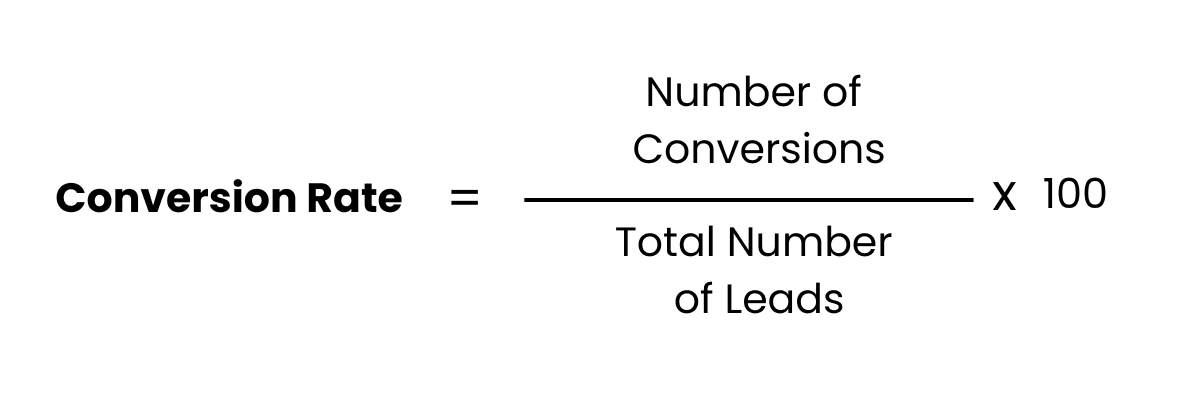
Example: If out of 1,000 leads, 50 become paying customers, the conversion rate would be 5%.
11. Cost Per Lead (CPL)
CPL calculates the average cost of generating a new lead. This metric is crucial for evaluating the efficiency of your marketing campaigns.
Formula:
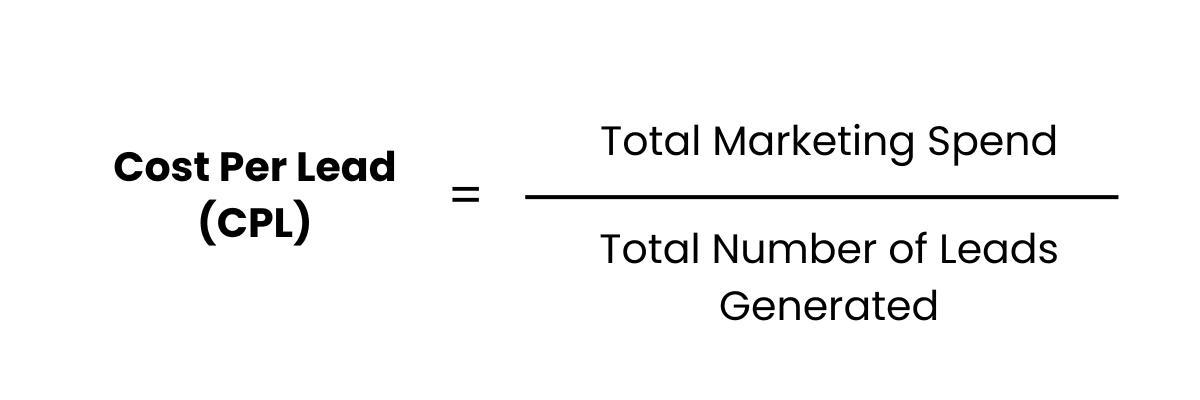
Example: If a company spends $10,000 on a campaign that generates 500 leads, the CPL would be $20.
12. Sales Qualified Opportunities (SQOs)
SQOs are leads that have been vetted and deemed ready for the sales team. Tracking SQOs helps you understand the quality of leads being generated.
Formula:

Example: If 100 out of 500 leads are qualified as SQOs, the SQO rate would be 20%.
13. Marketing Qualified Leads (MQLs)
MQLs are leads that have shown interest in your product or service through specific actions. Tracking MQLs helps gauge the effectiveness of your marketing efforts.
Formula:

Example: If 150 out of 1,000 leads qualify as MQLs, the MQL rate would be 15%.
14. Average Revenue Per Customer (ARPC)
ARPC measures the average revenue generated from each customer. This metric helps assess customer profitability and opportunities for revenue growth.
Formula:
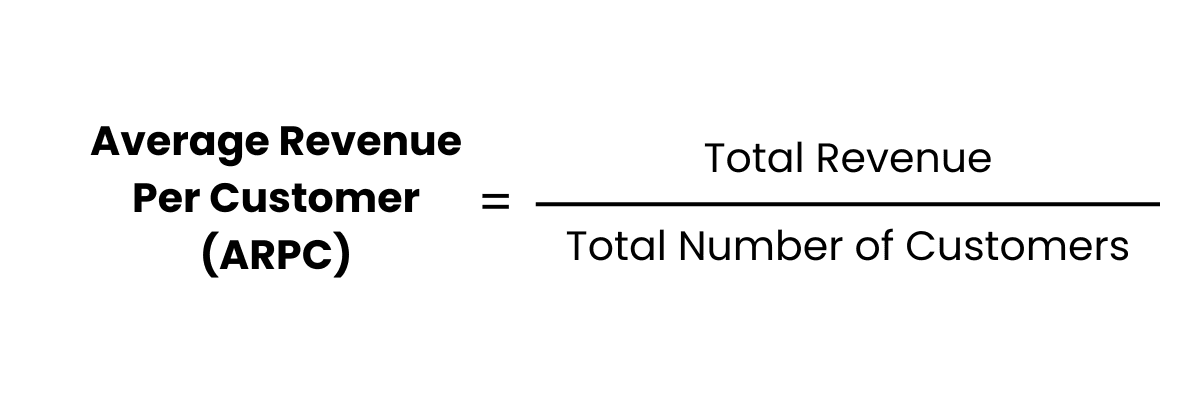
Example: If a company generates $500,000 in revenue from 250 customers, the ARPC would be $2,000.
15. Email Marketing Performance
This metric involves tracking key aspects of your email campaigns, such as open rates, click-through rates, and conversion rates, to assess their effectiveness.
Formula:
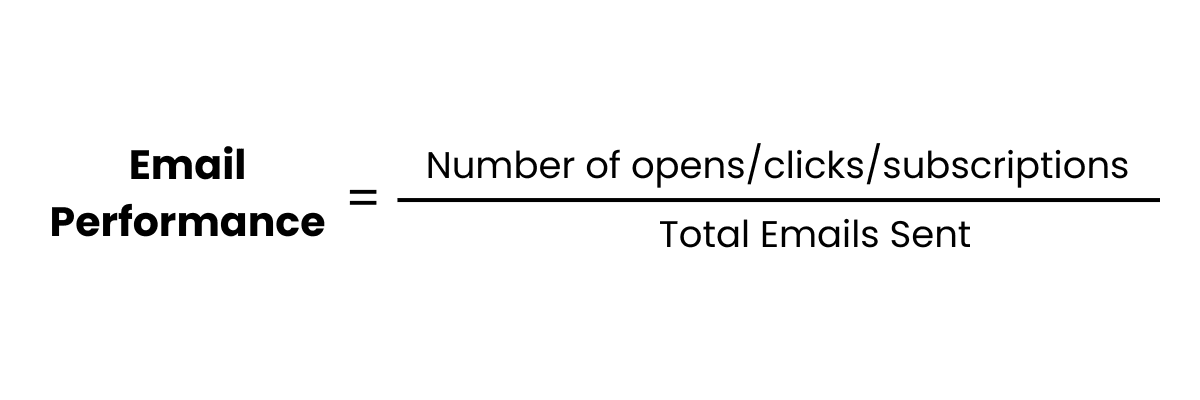
Example: If 5,000 emails are delivered and 200 are clicked, the CTR would be 4%.
16. ROI
Return on Investment (ROI) provide insights into the financial impact of your lead generation efforts.
Formula:
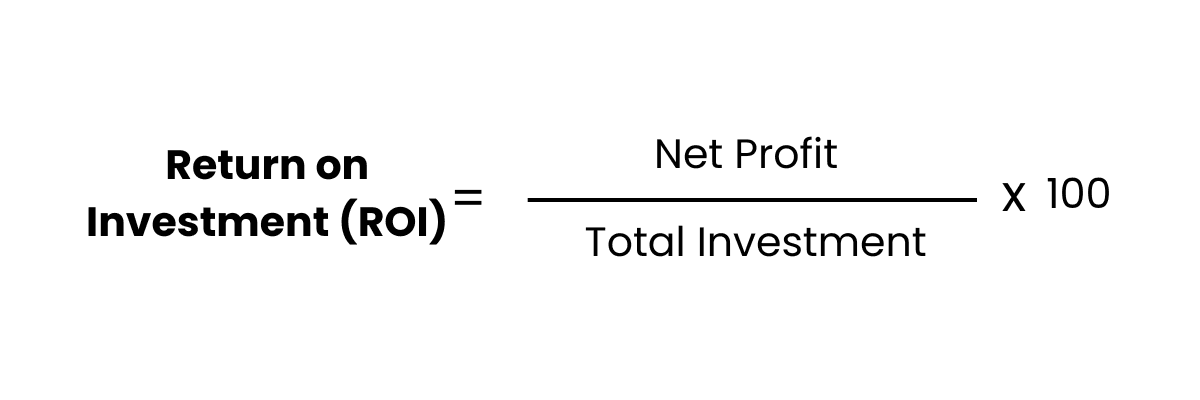
Example: If a campaign cost $20,000 and generated $60,000 in net profit, the ROI would be 200%.
17. Attribution
Attribution tracks the touchpoints that lead to a conversion, helping you understand which channels and campaigns are most effective in driving leads.
Formula:
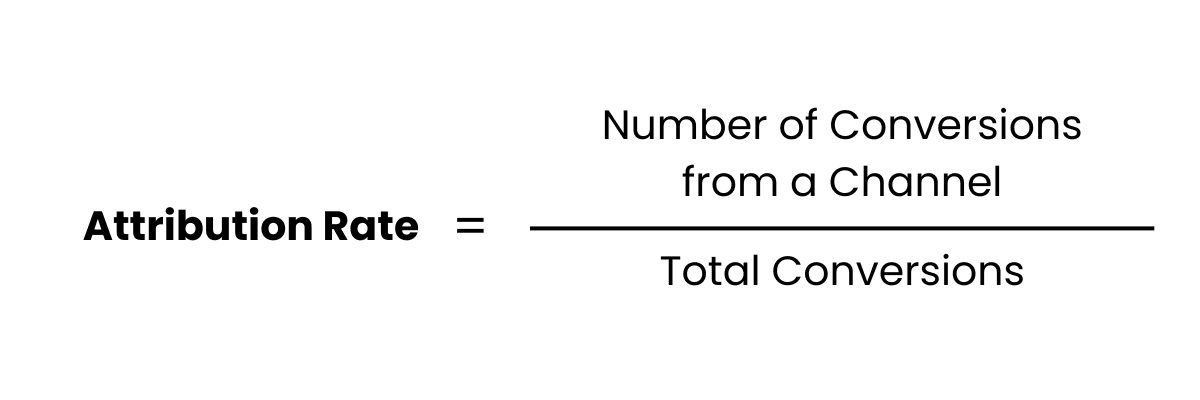
Example: If 30 out of 100 conversions are attributed to a particular social media campaign, the attribution rate would be 30%.
We hope that you now have a better understanding of lead generating metrics that you should track for your business.
If you enjoyed this article, you might also enjoy the following articles:


